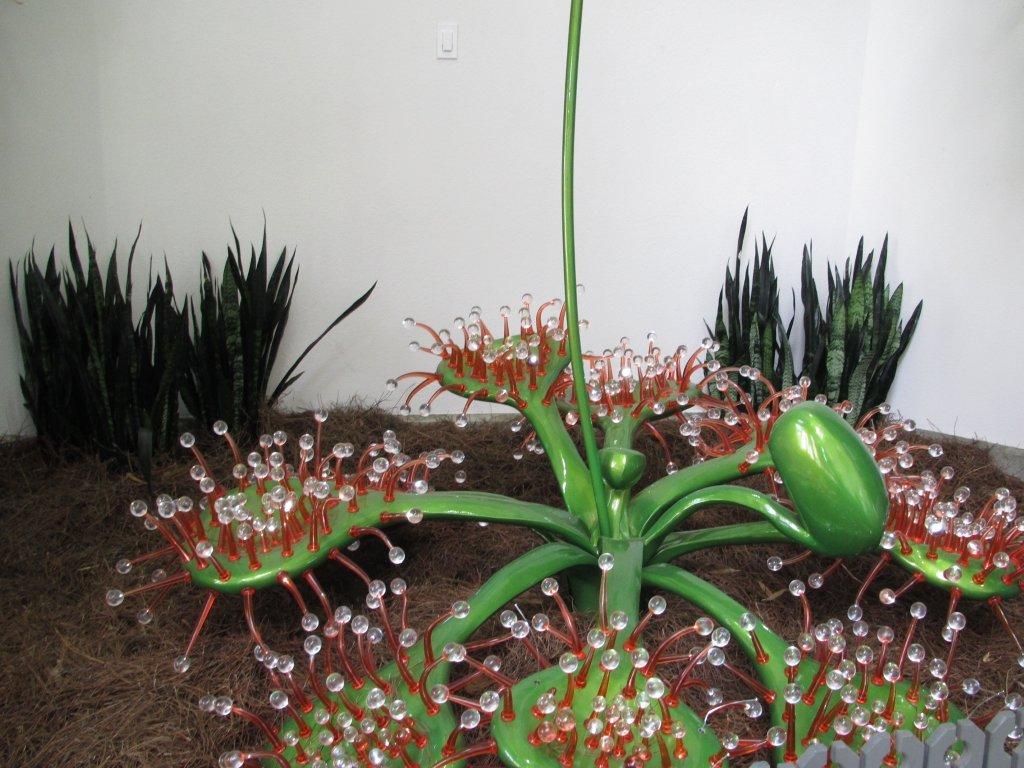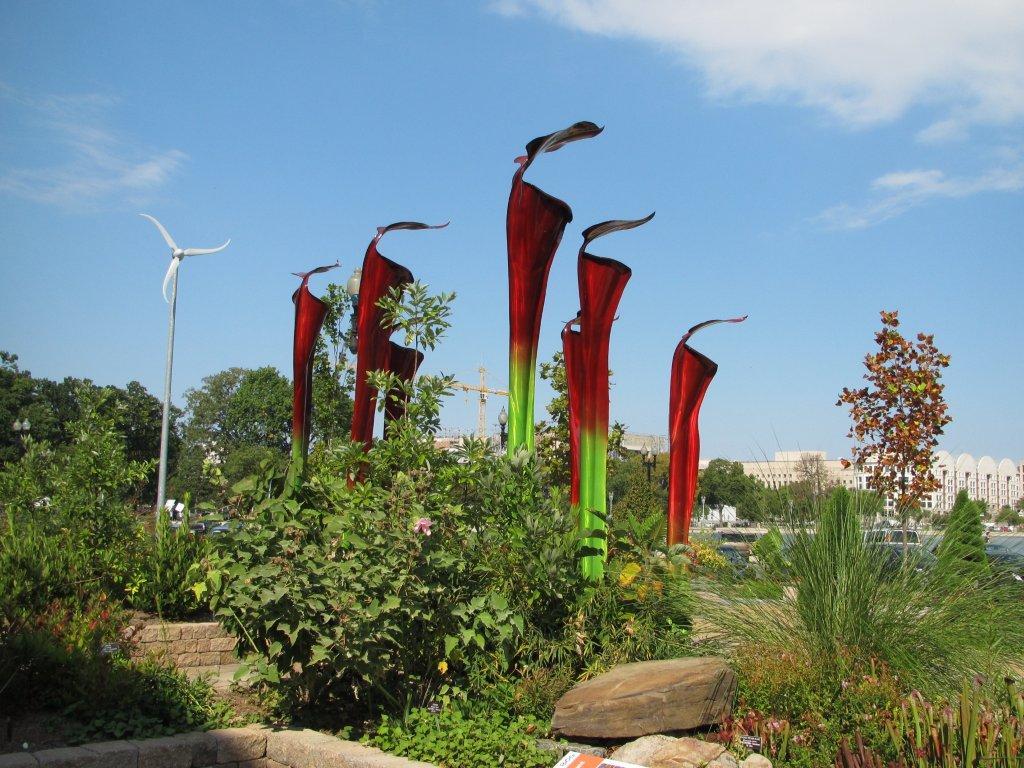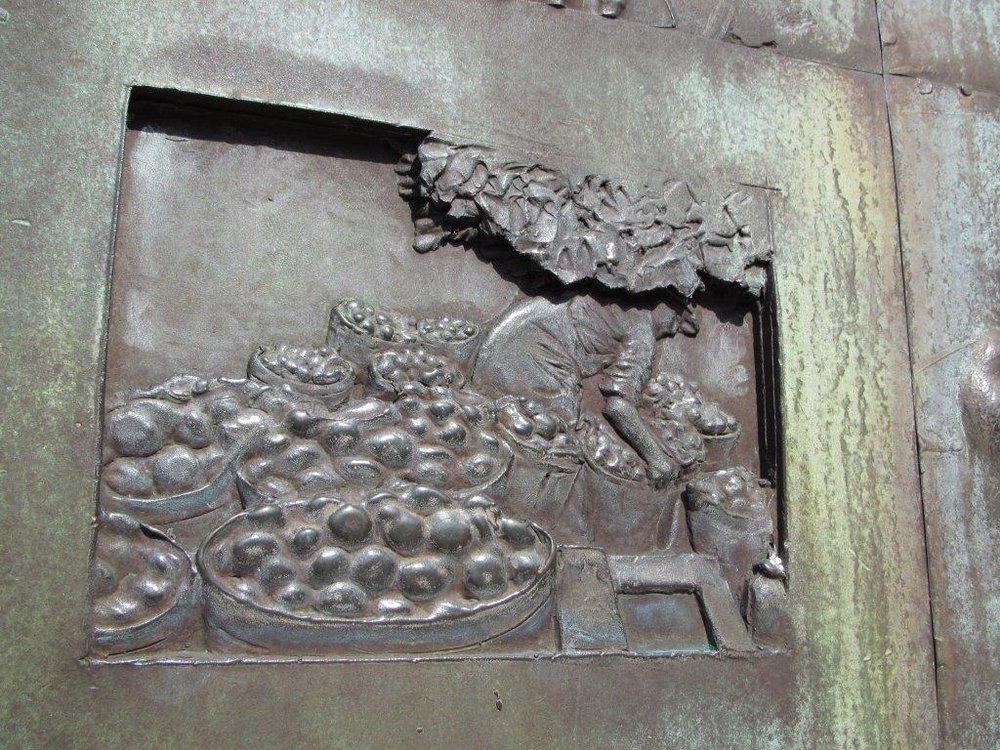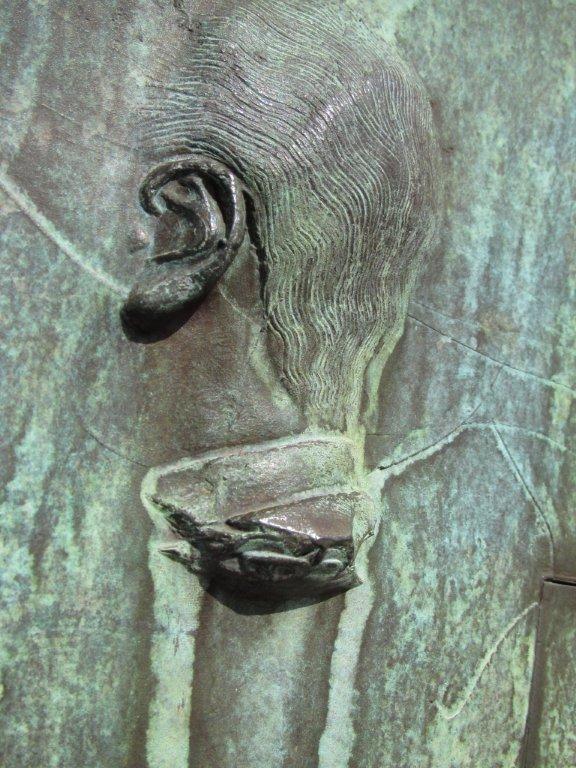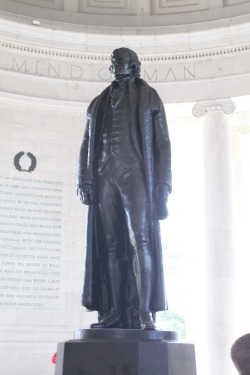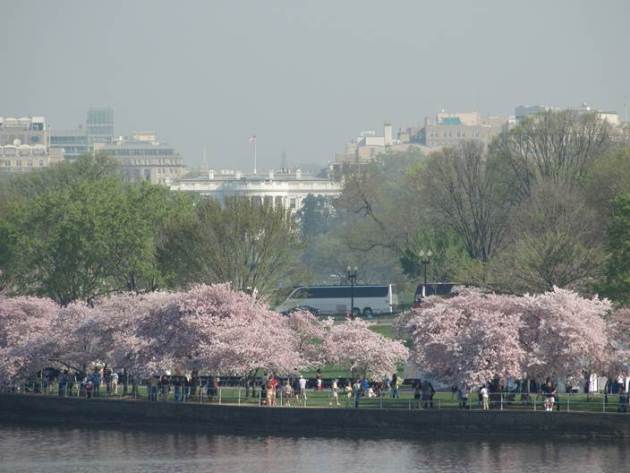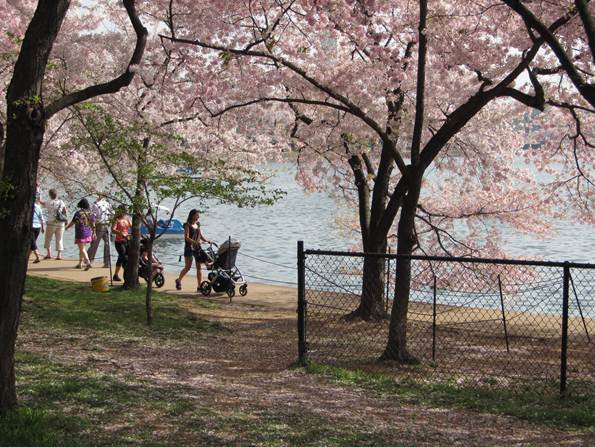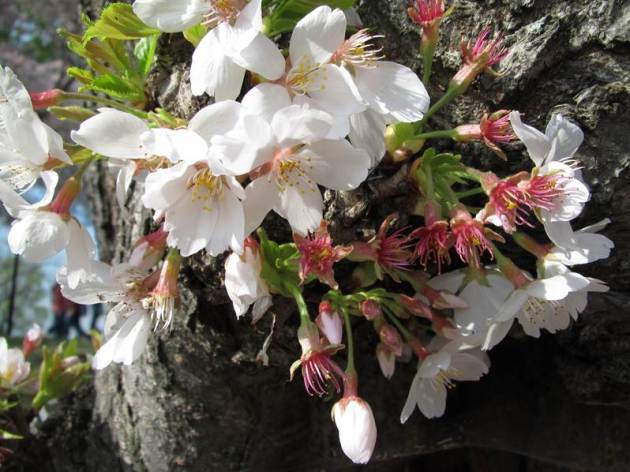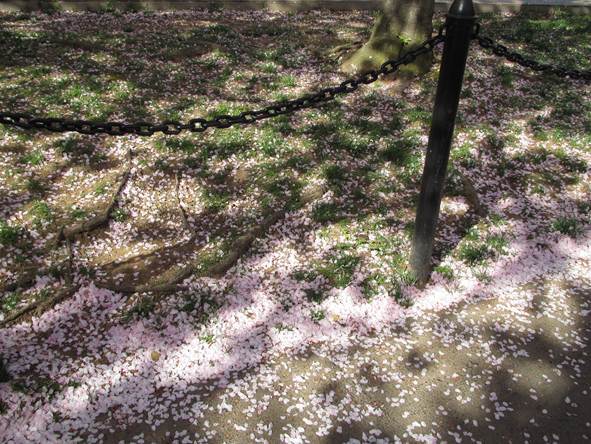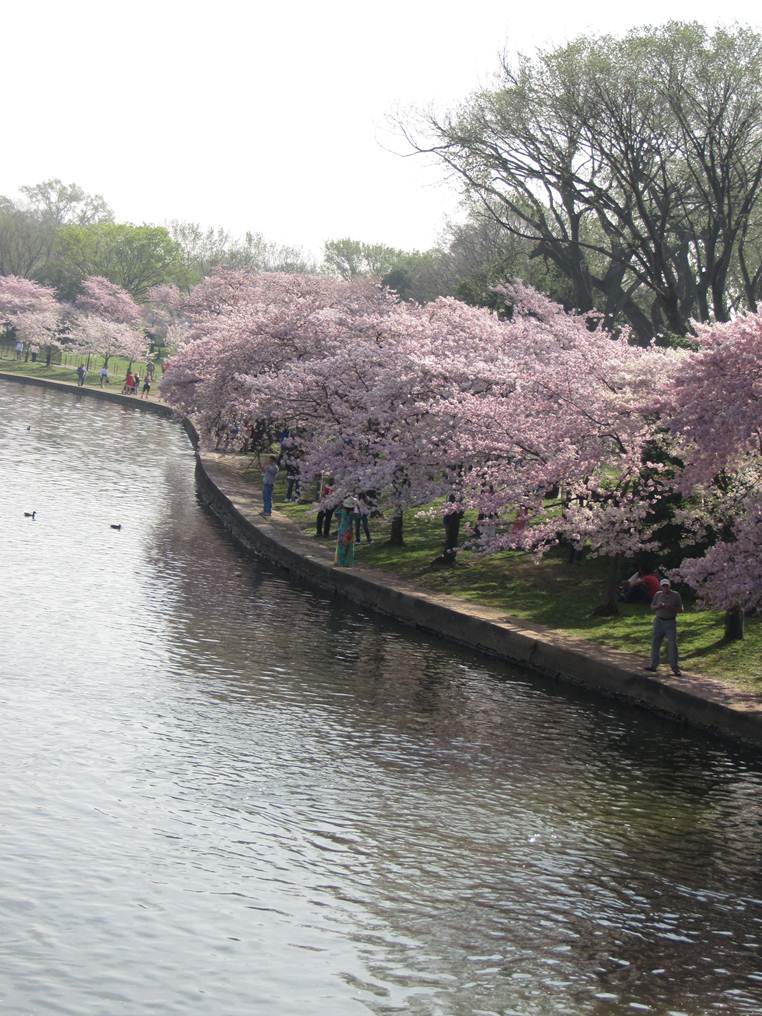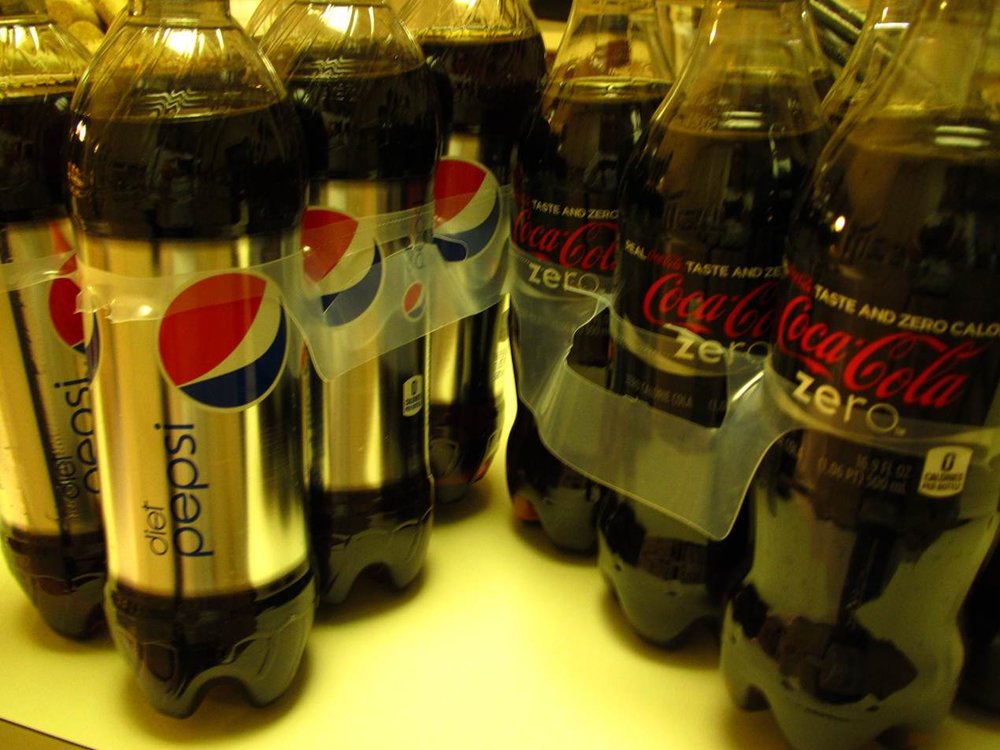It is a mark of success in a park, public lobby or a porch when people can come there and fall asleep. - Christopher Alexander in A Pattern Language: Towns, Buildings, Construction (Cess Center for Environmental)
~~~~~
This quote is from the mid-1970s. Much has changed since that time. In 2012, when an adult is asleep in a public place, the linkage is often to ‘homeless’ rather than a ‘mark of success’ for the space. Public places are intended for wakeful activity rather than sleep.
But - the underlying meaning of the quote has less to do with sleep than with people feeling secure in the place…that bad things will not happen there…that it is OK to relax and not be on alert. Even in the best of our public spaces, the design of the space is not enough. For over 10 years, the news media and our education system has trained us to a heightened vigilance - particularly in public places; we are often warned about our technical gadgets that draw our attention, sometimes to the exclusion of our surroundings.
Think about a public place you deem to be ‘successful’ - and what are the main elements that cause it to be that way.
The Smithsonian Mall in Washington DC is my example. The open area of the mall is heavily used throughout the year; there are always people about. The picture below was taken on a Sunday in November 2011 - not the peak of tourist season. The Park Police walk the fine line between intrusion and security. Many of the people are there as individuals - enjoying the ‘alone but not too alone’ of a public place. Some are passing through - walking between museums. Some are walking or jogging…not there for the museums at all. It is not a place a go frequently, but when I do it is enjoyable and I don’t feel the need to rush through it to be safe.
That doesn’t mean that I would sleep there.

 The spirals of the unfurling fiddlehead - along with the pink and green coloring.
The spirals of the unfurling fiddlehead - along with the pink and green coloring. 


 Flowers that look like they’ve sprouted wings
Flowers that look like they’ve sprouted wings
 A flower petal that looks like a spider is attached
A flower petal that looks like a spider is attached A slipper with just a touch of color
A slipper with just a touch of color











